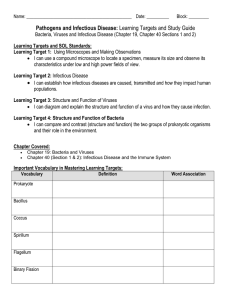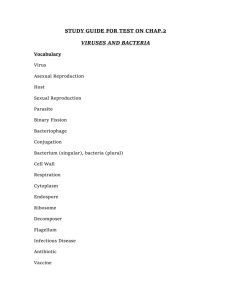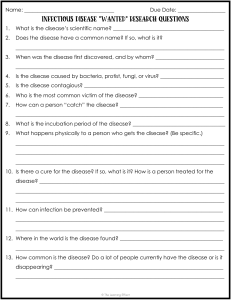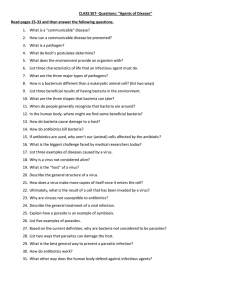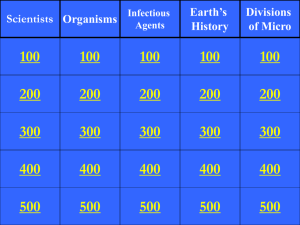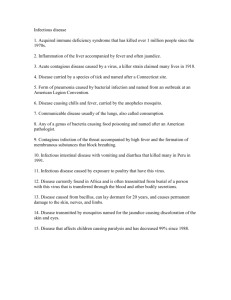A Furry Dilemma
advertisement
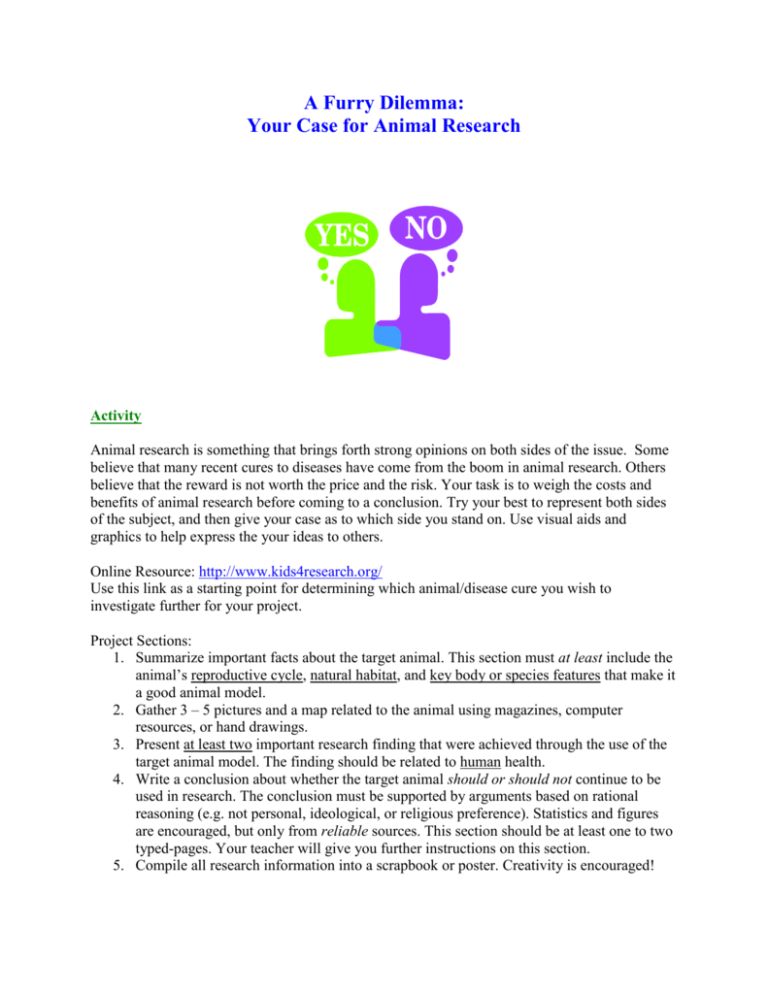
A Furry Dilemma: Your Case for Animal Research Activity Animal research is something that brings forth strong opinions on both sides of the issue. Some believe that many recent cures to diseases have come from the boom in animal research. Others believe that the reward is not worth the price and the risk. Your task is to weigh the costs and benefits of animal research before coming to a conclusion. Try your best to represent both sides of the subject, and then give your case as to which side you stand on. Use visual aids and graphics to help express the your ideas to others. Online Resource: http://www.kids4research.org/ Use this link as a starting point for determining which animal/disease cure you wish to investigate further for your project. Project Sections: 1. Summarize important facts about the target animal. This section must at least include the animal’s reproductive cycle, natural habitat, and key body or species features that make it a good animal model. 2. Gather 3 – 5 pictures and a map related to the animal using magazines, computer resources, or hand drawings. 3. Present at least two important research finding that were achieved through the use of the target animal model. The finding should be related to human health. 4. Write a conclusion about whether the target animal should or should not continue to be used in research. The conclusion must be supported by arguments based on rational reasoning (e.g. not personal, ideological, or religious preference). Statistics and figures are encouraged, but only from reliable sources. This section should be at least one to two typed-pages. Your teacher will give you further instructions on this section. 5. Compile all research information into a scrapbook or poster. Creativity is encouraged! Student Quiz 1. Which of the following items are dangerous for your dog to eat or drink? A. Chocolate B. Antifreeze C. Aspirin D. All of the above can are dangerous 2. Which of the following could be harmful to people if misused? A. Vitamins B. Sugar C. Household cleaners D. All of the above 3. Which of the following careers is NOT involved in laboratory animal science or testing? A. Engineers B. Animal Technician C. Policeman D. Veterinarian 4. Which of the following groups does not benefit from laboratory animal science and biomedical research? A. School children B. Infants C. Dogs and cats D. Zoo animals E. All of these groups benefit from research 5. Which of the following is NOT the responsibility of the laboratory animal technician? A. Conducting research B. Providing food, housing, and water for lab animals C. Reporting signs of disease D. Observing environment and reporting changes 6. Very small microbes which live and reproduce in the cell and are NOT killed by antibiotics are called: A. Bacteria B. Fungi C. Virus D. Parasite 7. A disease that is easily transmitted from one animal to another is said to be: A. Infectious B. Contagious C. Nutritional D. Genetic E. Zoonotic 8. Which of the following conditions is not caused by an infectious agent, such as a bacteria or virus? A. Herpes B. Ringworms C. Cold D. Scurvy 9. Only three cents of every health care dollar is spent on medical research. A. True B. False 10. Animal researchers frequently steal pets to use in research. A. True B. False
